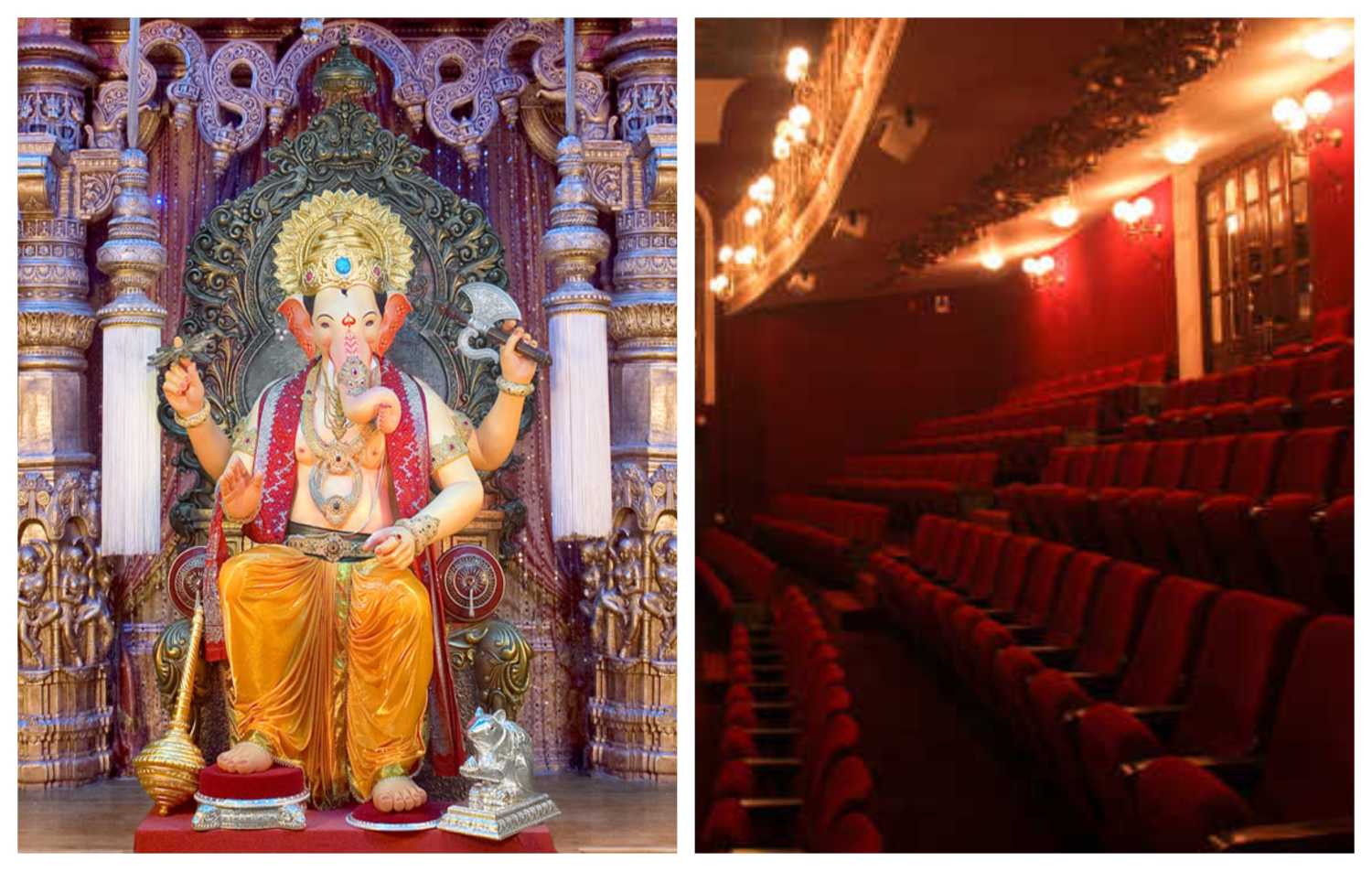While producers in other languages make a beeline to release their films during major festivals, Marathi producers shy away from the box office during Maharashtra's biggest festival.
Here is why you never get to see a new Marathi film during Ganeshotsav
Mumbai - 13 Sep 2018 20:06 IST


Keyur Seta
Major festivals in India usually see big, prominent films being released. In fact, there is often a rush to block slots for festivals like Diwali, Christmas, Eid, Holi, Pongal (Tamil) and Durga Puja (Bengali) as the festival holidays boost ticket sales at the box office.
But this is not the case with Ganesh Chaturthi or Ganeshotsav, Maharashtra's biggest festival. In marked contrast, most Marathi film producers avoid releasing their films during the festival even if they spend the rest of the year battling for decent slots.
In fact, many a time during the course of the year, there are as many as three or four Marathi films being released at a time, not counting the big Hindi films that they have to compete with. But during Ganeshotsav, there are none.
So, what is it that keeps Marathi film producers away from the theatres during Ganeshotsav?
Amol Kagne, producer of the recent releases Halaal (2018) and Lathe Joshi (2018), believes the busy schedule of people during the festival is the reason producers choose not to release their films.
“Ganeshotsav is an important festival in Maharashtra," he said. "So people get preoccupied in activities like preparing for the festival and getting the house ready. A lot of effort goes into it.”
Ranjit Gugle, producer of hits like Muramba (2017) and Double Seat (2015), echoed the sentiment. “More than Diwali, for Maharashtrian families, Ganeshotsav is important," he said. "Even young people are busy, first organizing the festivities and then taking part in visarjan [immersion]. On the last two days, the city is jampacked. It’s not like Diwali, which is spent with friends. This festival is connected more with family and relatives. Then there is Gauri Puja which adds to the weight of preparations.”
Kagne also believes there are not enough patrons for films in this period: “People from the middle and lower-middle class watch maybe one film in a week or two. They have limited spending power. And spending on Ganeshotsav is more important for them than spending on movies.”
Gugle added to the thought: “A lot of money is spent in this period. So, spending on other things [like movies] drops. Films become secondary. There may be exceptions, but generally Marathi films don’t do well during Ganeshotsav. The agenda for these 10 days is that either someone is coming over to our place or we are going over to visit someone.”
Kagne said he understood this even before he became a producer. “From what I have studied and realized in these years, the Marathi audience isn’t too keen on watching films during Ganeshotsav," he said. "This isn’t a good period for the box office. I was part of the production team of Raju Parsekar’s Sat Na Gat (2013). I remember we were warned against releasing the film during this period.”
Hindi film producers on the other hand are always looking out for major festivals to release their films. Kagne believes that is a different ball game.
“Hindi is a wide market at the national level," the producer argued. "People from various regions and languages come under it. Even if a section of the audience does not turn up in large numbers, it doesn’t make much of a difference to the films."
Noted film critic, author and screenwriter Ganesh Matkari believes that apart from the work related to Ganeshotsav, competition from Hindi films is a reason why Marathi films are not released in this period. "Usually people are tied up with festival-related activities and have no time to watch multiple films," he said. "So the best entertaining option with big budgets and stars wins. Big Hindi films also occupy more screens, so scheduling of Marathi films at convenient screening times suffers.”
Matkari pointed out that this is a problem for Marathi cinema throughout the year. “This is also seen whenever big Hindi films are released, not just during festivals," he said. "To a lesser extent, we see that whenever a big Hindi film with major actors and backed by an influential producer is released, Marathi producers avoid releasing their films. The reason is the same, more or less. The Marathi audience watches Hindi as well as Marathi films and if a prominent Hindi film gets released, people flock to see it and the smaller Marathi film gets ignored.”



